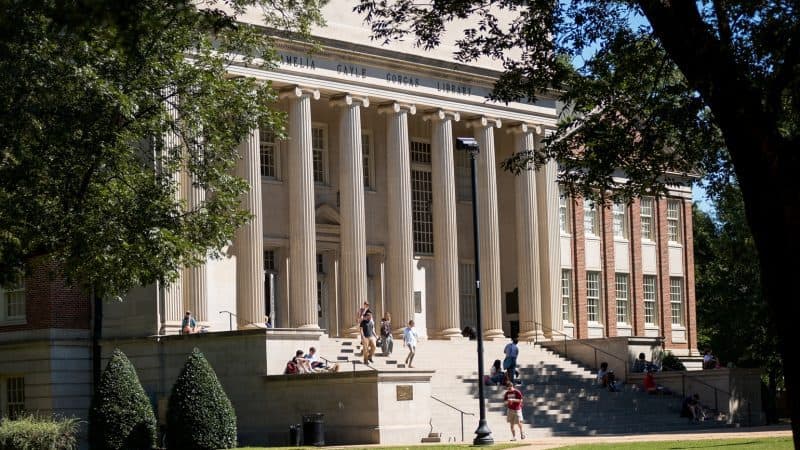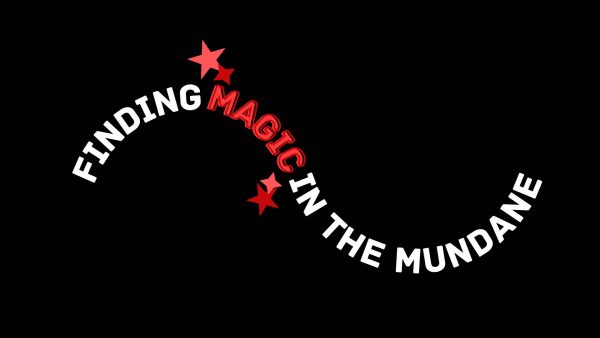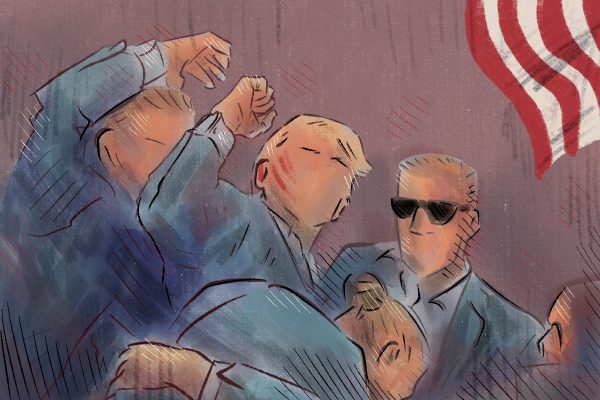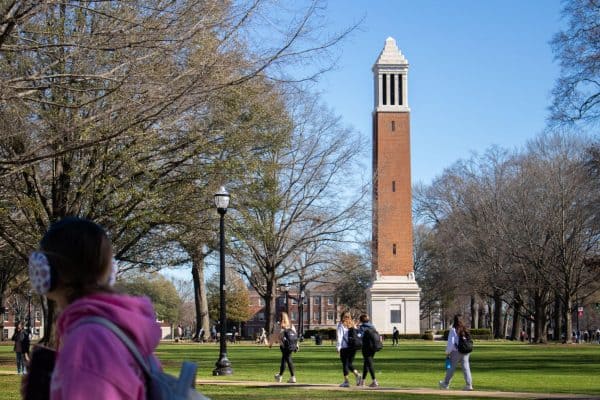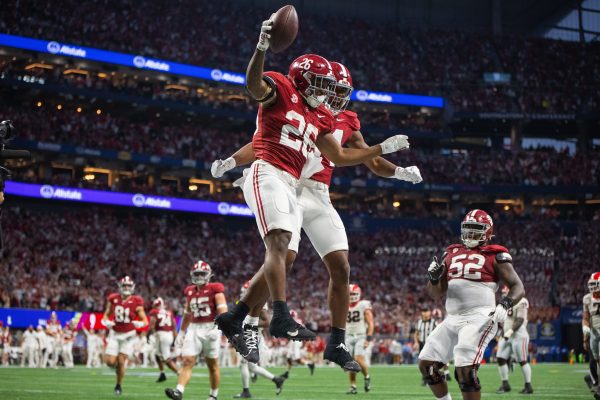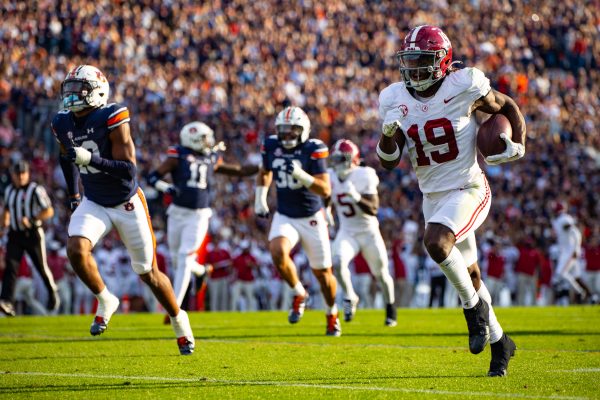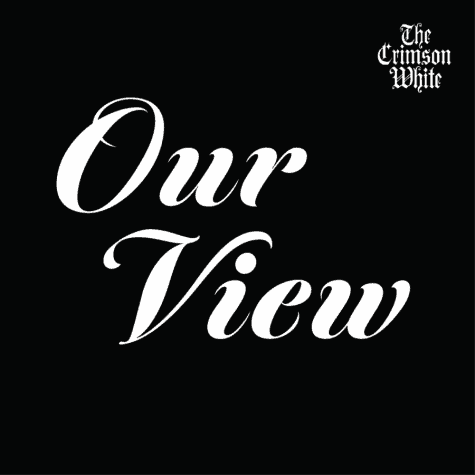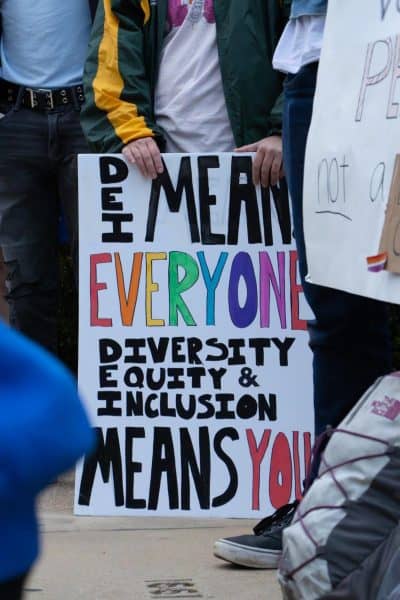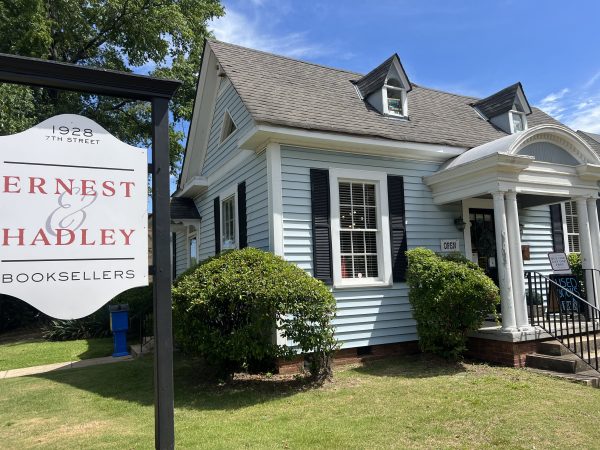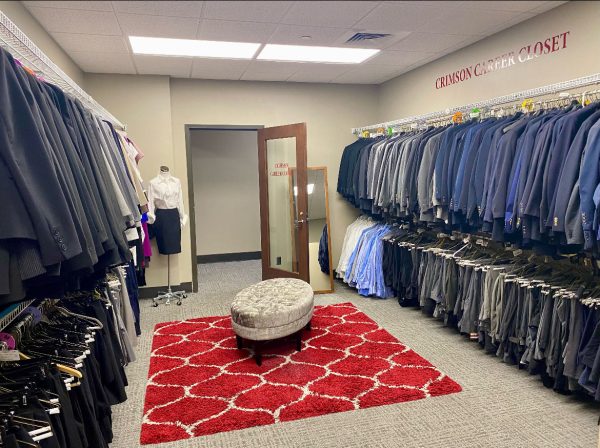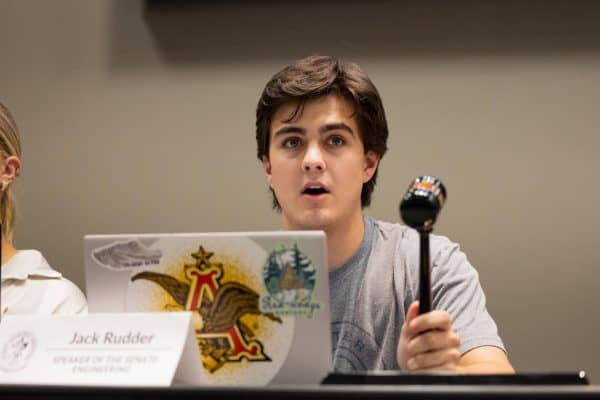Opinion | The New Deal’s long legacy in Tuscaloosa
Courtesy of the University of Alabama News Center
(Courtesy of UA News Center)
January 22, 2023
In his recent book, Eric Rauchway, professor of history at the University of California, Davis, describes the importance of the New Deal beautifully: “The New Deal matters because we all live in it; it gives structure to our lives in ways we do not ordinarily bother to count or catalog.”
You have benefited from something built or funded by a New Deal program during your time here in Tuscaloosa.
On campus, Gorgas Library, Foster Auditorium and Hardaway Hall were all funded by the Public Works Administration. Off campus, Capitol Park, Queen City Park and Tuscaloosa National Airport were all built by Works Progress Administration labor and Tuscaloosa received a sizable PWA grant to build the Bama Theatre.
Gorgas Library, the University’s first designated and main library, hosts countless students every semester, socializers and diligent scholars alike. I personally hunker down in the Gorgas basement every time a deadline is approaching and the whole building is always abuzz when finals season arrives.
The opening of the Bama Theatre was celebrated by a parade led by our very own Million Dollar Band, then just twenty-six years young, and the University of Alabama ROTC. Since its opening, the theatre has hosted political rallies, helped fund America’s fight against fascism and given a venue to local artists.
These buildings help constitute Tuscaloosa’s civic infrastructure, the public assets that enable good citizenship.
Civic infrastructure is always a monument to the fact that “man is by nature a political animal.” The choice to invest in public spaces speaks to the necessity of those public spaces in maintaining a healthy society.
The New Deal was not just a fight against an economic depression. It was an attempt to wipe out “[deficits] in the books of human fortitude” as much as deficits in business ledgers.
The market frenzies of the twenties had exacted a spiritual cost by the time the economy ground to a halt. In his history of the 1929 crash, John Kenneth Galbraith said that the America of the 1920s suffered from “an inordinate desire to get rich quickly with a minimum of physical effort.”
The religiously inflected temperance, moderation and community attributed to the first American settlers had been dissolved; “[i]n all great speculative orgies devices have appeared to enable the speculator so to concentrate on his business.” When the market finally collapsed, “everyone suffered from a sense of utter hopelessness”: hungry, afraid of going hungry, horrified by lost status.
Investing in civic infrastructure, like libraries and parks, was a necessary step towards ending this spiritual depression that accompanied the economic one. Today, we are still reaping the civic benefits of the work done under the New Deal’s imprimatur.
After a few hours spent reflecting on the New Deal’s positive legacy, I took a stroll down to Queen City Park so I could be reminded of its flaws. The park is just a few minutes’ walk behind the BobaMania on University Boulevard.
A crumbling stone wall suggested what it looked like before decades passed, power lines were erected and new roads were built. A gravel path studded with well worn steps winds its way behind the Tuscaloosa Public Library, feeding into a bridge on the verge of losing a long battle with the elements.
Across the street is the Mildred Westervelt Warner Transportation Museum, formerly Queen City Pool House. The museum is a repository for the history of the Tuscaloosa area, from pre-colonization to the 2010s, analyzing it through the lens of transit.
The museum’s exhibit about the building’s previous purpose neglects to mention the primary reason the pool house is a pool house no longer. The Queen City Pool was closed in 1966 and leased to private operators, one of many white-only pools closed to the public rather than desegregated.
The pool was eventually filled in completely in 2005 due to decades of wear and tear, but its outline, and the empty fountain that once accompanied it, are still visible.
The pool’s specter now acts as a silent, hidden monument to the New Deal’s defects. The New Deal is a stunning testament to what can be politically possible, but it is what was politically possible in the aftermath of the forceful rollback of Reconstruction and the Radical Republicans’ failure to institute a racially egalitarian political order.
Southern Democrats successfully fought for concessions meant to preserve systems of racial oppression. Agricultural and domestic workers, disproportionately African-American and Mexican-American, were excluded from both Social Security and the protections given to workers forming unions.
These exclusions only served to reinforce the exploitation of labor that still undergirded much of the Southern economy. At the same time that industrial trade unions grew rapidly, attempts to organize agricultural labor were squashed, a phenomenon well documented in Robin Kelley’s Hammer and Hoe.
Like any great historical conjunction, the New Deal was indelibly marked and marred by the circumstances of its birth. The idealism of a “new order of competence and of courage,” a “crusade to restore America to its own people” crashed against the realities of centuries-old prejudices and extractive networks. Nevertheless, the New Deal was one step closer to a country where all people benefit from society’s surplus, “created equal … and endowed by their Creator with certain unalienable Rights.”
What is possible today? How can and will we invest in creating a more just, fair, and democratic political order for our grandchildren?
The Infrastructure Investment and Jobs Act is now law, while the American Families Plan died in the Senate. We were able to invest in much needed physical infrastructure, but the filibuster and recalcitrant centrism-obsessed ideologues have prevented us from doing the same for our social infrastructure.
American parents are still not guaranteed paid time off to spend with their newborn children. In many states, “right-to-work” laws drive workers’ salaries down by undercutting unions. Housing prices skyrocket while we refuse to invest in public housing and pundits wonder why people are homeless in the world’s richest country.
There is no need to look into society’s hidden corners to find pain and want. We see it every day.
What is possible today? We can look at the suffering and the needy as our neighbors and not as a dangerous other. We can pass laws that protect human rights, that guarantee a basic standard of living and ensure that no child goes hungry in these United States of America. “[A] new deal for the American people” is what is possible.

